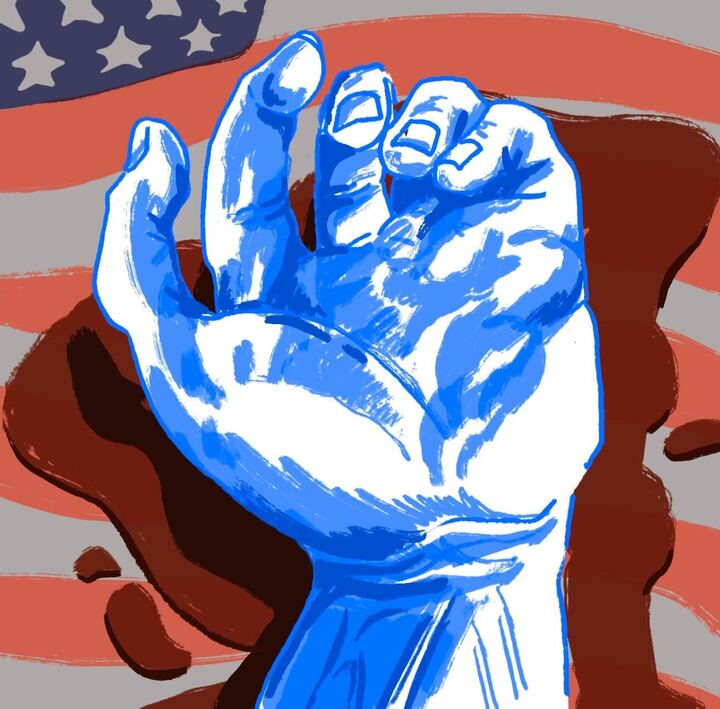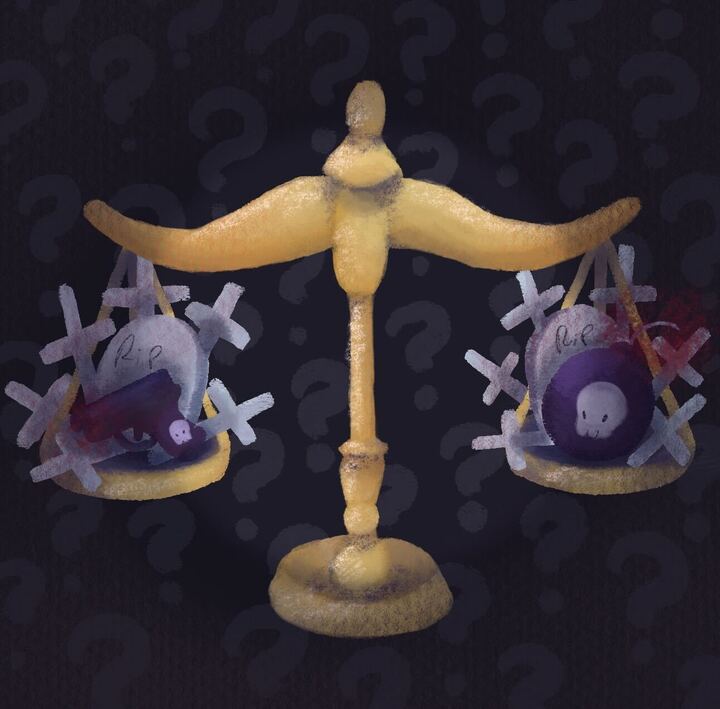If a person is in a hospital or a nursing home, the last two months of life are the most expensive. Medicare paid $50 billion last year for the last two months of patients’ lives, more than the government spent on education or the Department of Homeland Security. It is also estimated that 20 to 30 percent of these expenditures had no significant impact on the patient.
Dr. Ira Byock of Dartmouth-Hitchcock Medical Center in Lebanon, N.H. said that modern medicine has become so good at keeping the terminally ill alive by treating the complications of underlying disease that the inevitable process of dying has become much harder and is often prolonged unnecessarily.
Are we saving lives or avoiding death? At what point are we saving a vibrant and worthwhile life, and at what point are we extending an illness? Death is a part of life.
We are so caught up in the youth culture, particularly in Southern California, that the subject of dying is almost taboo. It just isn’t discussed, but it happens. It is a time that comes to all of us. We all hope that it comes later rather than sooner, but it comes. Most of us hope that it comes to our parents later rather than sooner, as well, but it arrives inevitably.
When our loved ones are sick, we want to relieve them and help them, but sometimes, modern medicine takes on a life of its own.
Patients are admitted to a hospital to discover why they are ill, only to be referred to several specialists, each with a battery of tests and medications, sometimes counteracting each other. Sometimes the tests are uncomfortable and are eventually determined to be unnecessary. Sometimes we put our loved ones through painful tests just to find out why they are in pain.
The government or private insurers pay 85 percent of the health care bills. Most patients don’t even have a chance to look at the bills. Since the patient has little financial input into the health care bills, he also has little input into what type of health care he wants.
Some patients and their families want to cling to life, often making it easier to hope for a miracle than to discuss how they want to die. Many studies have shown that most patients and their families are not even aware of certain end-of-life options like home health, living wills, home hospice and even pain management.
“Often the best care is saying ‘Let’s see how you do on this particular treatment for a couple of days. And see if you respond.’ Not necessarily doing a lot of tests,” said Dr. Elliot Fisher, a researcher at Dartmouth Institute for Health Policy. “The best care may well be staying home with a trial of a new medication, rather than being admitted to a hospital.”
Dr. Fisher is convinced that there is so much waste with end-of-life treatment that if it were eliminated there would be no need to ration beneficial care to anyone.
“Collectively, as a culture, we really have to acknowledge that we’re mortal,” said Dr. Byock. “Get over it, and start looking at what a healthy, morally robust way for people to die looks like.”
A friend of mine was recently diagnosed with pancreatic cancer. When he went to see his family doctor regarding which treatment to follow, the family doctor recommended that he take a cruise. This may have been an unorthodox recommendation, but why not enjoy your last months of life? Cancer treatment may have prolonged his life a few months, but it would have been painful and probably in a hospital. Why not go to sea and see the wonders of life? As the body starts to deteriorate, the patient could come home and have pain management administered at home.
Americans are sometimes called control freaks. We control everything from cradle to grave. Why not face the reality that death is a part of life? When the time comes, let’s spend it as comfortably as possible with our loved ones, not clinging to life with a tube in every orifice, sedated out of our senses.





